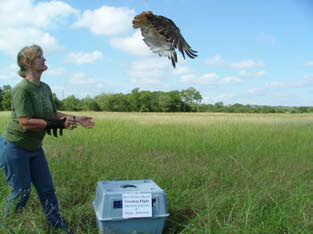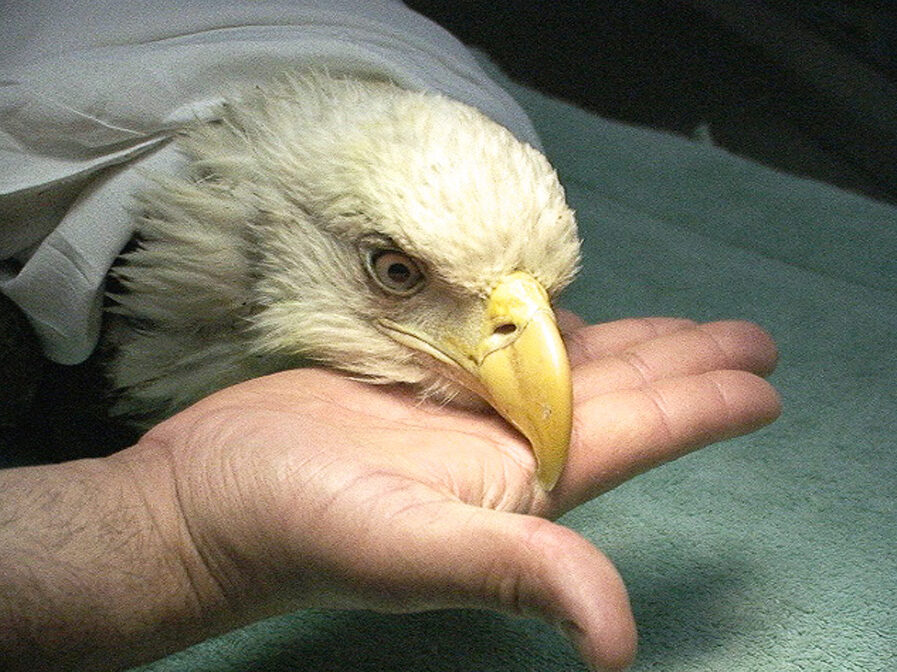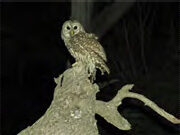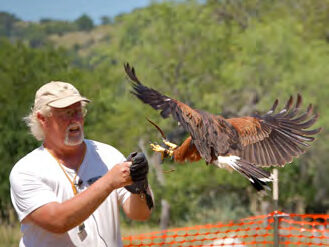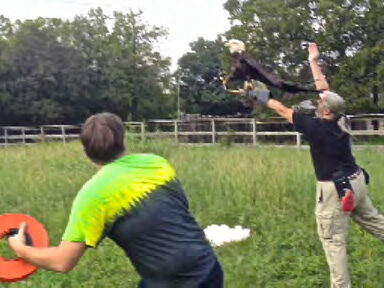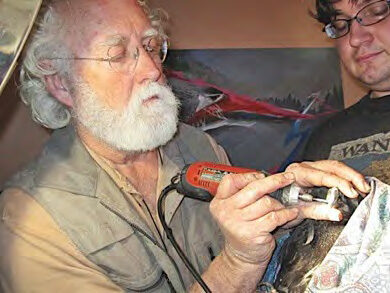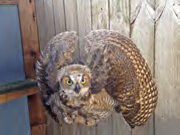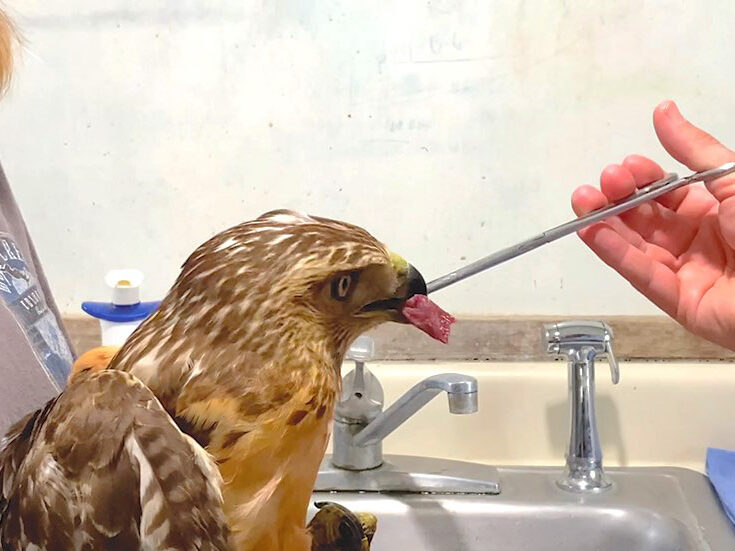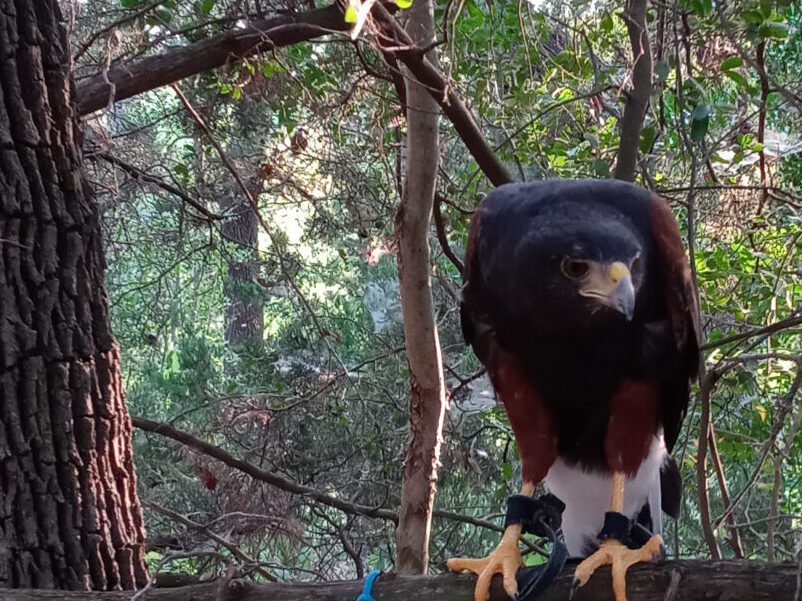Last Chance Forever
The Bird of Prey ConservancyFound an Injured Bird of Prey?
If you have found a sick, injured, or orphaned hawk, owl, vulture, eagle, or falcon, please call us at (210) 499-4080 for assistance.
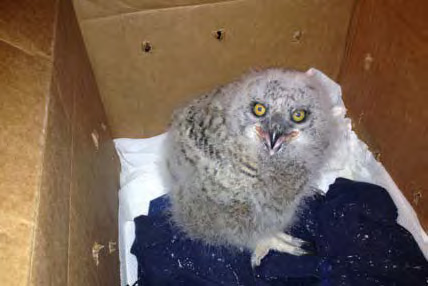
Our Mission
Founded in 1978 by Master Falconer and Veterinary Technician John Karger, Last Chance Forever, The Bird of Prey Conservancy, is a 501(c)(3) nonprofit, tax-exempt organization. It’s primary mission is to rehabilitate sick, injured, and orphaned birds of prey—hawks, falcons, eagles, owls, and vultures.
Each year, the project receives between 240-300 birds into the facility for care. These birds come to us for expert veterinary care, physical therapy, nursing, and exercise in large flight recovery aviaries, with the ultimately goal of release back into the wild. An average of 65-80% of all cases are successfully returned to nature. Birds which are deemed non-releasable and are not suffering are provided permanent sanctuary as educational ambassadors or they are used as surrogate parents for orphaned birds.
Rehabilitation: Although we are not the only conservation or environmental organization in the US, we are part of a small group who care for individual sick, injured, or orphaned birds of prey and give them one last chance at life.
Education: We believe education is the key to making a larger impact in the world and support this belief with public educational presentations for children, civic organizations, and interested individuals. Through this program, we hope to encourage a change in attitudes concerning birds of prey and practical environmentalism.
Conservation: In a world divided by environmental issues, we feel it is important to take a “middle ground” approach to wildlife management using common sense. For example, while a Red-Tailed Hawk may occasionally eat someone’s chicken, it is usually a response to a recent loss of habitat due to human population growth. All LCF asks is that an entire species not be murdered for the problems of a few. One Red-Tailed Hawk can eat over 100 rats and mice in one year so it is an effective natural pesticide. Mankind is here to be the shepherd of the Earth, not the destroyer.
Science: Raptors are a great indicator species that can warn us of environmental changes that could impact humans in the future. Life on Earth is like a wheel—all of the spokes must be in place or the wheel collapses. Diversity of species is important for the survival of all species. As human beings living on this Earth, we have the right to use it, yet we are obligated to conserve it for future generations.
Recent Articles
Lead Ammunition Harms Wildlife
We join the Peregrine Fund in urging hunters to stop using lead ammunition. Their film explains threats to wildlife, and offers more effective alternatives.
Why Do My Eggs Cost Over $6/Dozen?
It’s not inflation to blame – it is Highly Pathogenic Avian Influenza (HPAI), also often referred to as the “bird flu,” a danger to raptors and domestic production.

